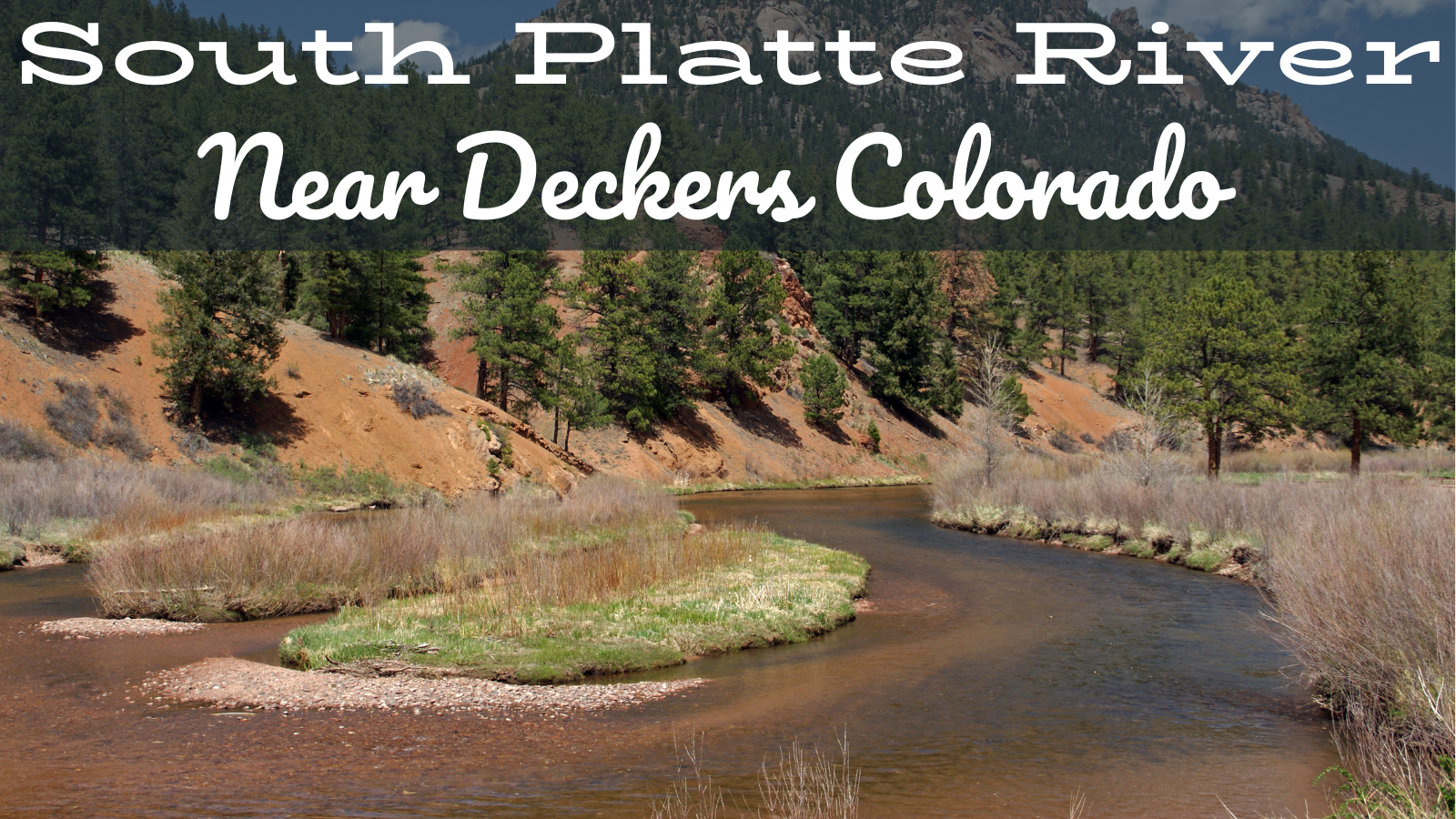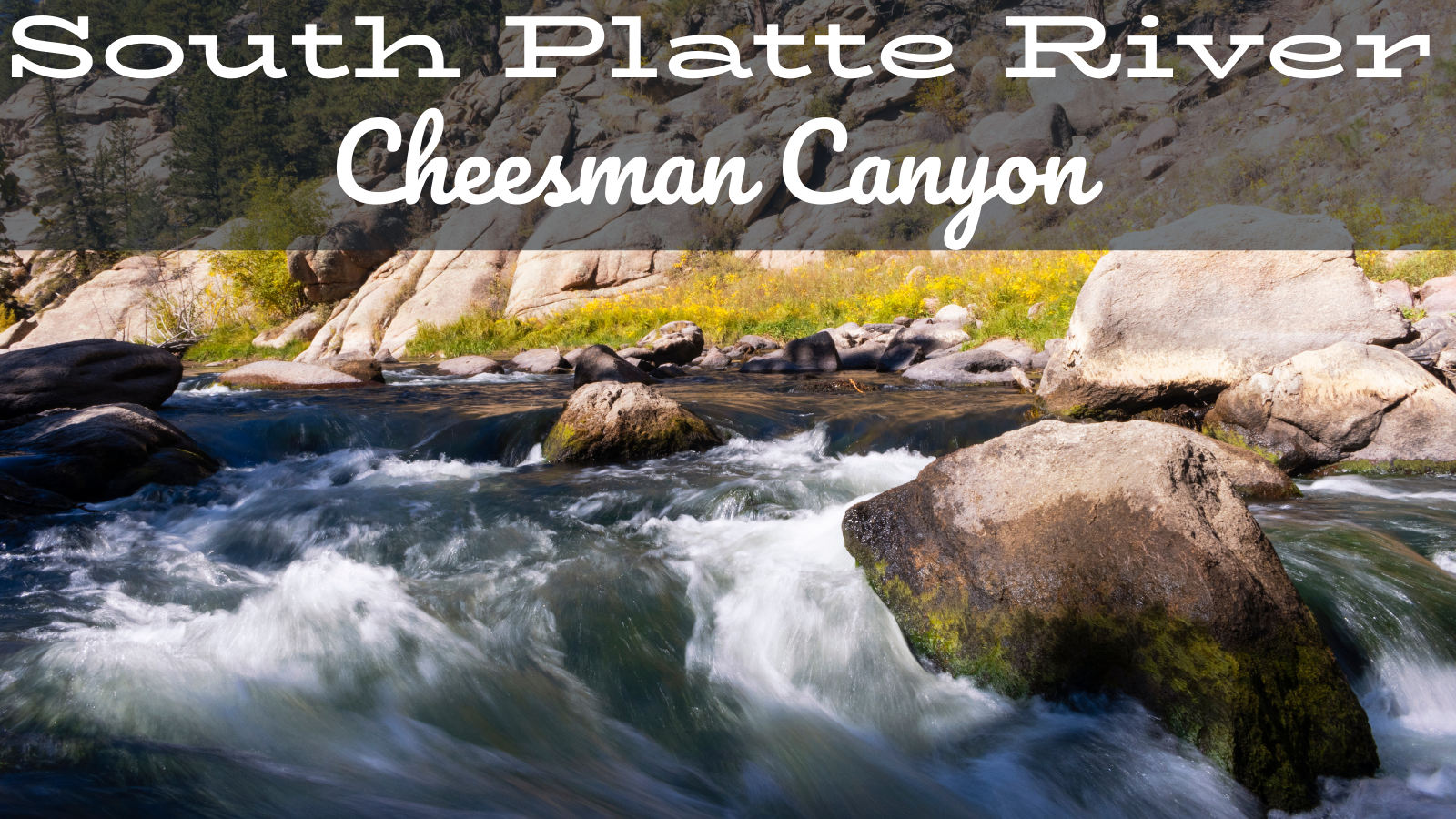Recent changes to fishing regulations in Western Colorado reflect a focus on conservation, sustainability, and enhancing angler experiences. These updates are essential for both seasoned and novice anglers to understand as they impact how, when, and where fishing can occur in the region. Here’s a breakdown of the most significant changes. Updated first by the Summit Daily News, updates were sent from the Colorado State Wildlife.
.png?width=600&height=338&name=Untitled%20design%20(16).png)
Seasonal Closures to Protect Spawning Fish
One of the key updates involves adjusting seasonal closures to protect spawning fish. The new rules aim to ensure that fish populations have adequate time to spawn without disturbance, which is crucial for maintaining healthy fish stocks. Anglers should know these closures and plan their trips accordingly to avoid restricted areas during spawning seasons. More from the State Wildlife Action Plan (SWAP).
Brown Trout Regulation Adjustments
The state has decided to lift certain restrictions on brown trout in specific rivers. This change aims to manage the overpopulation of brown trout, which can outcompete native species. By increasing the number of brown trout that can be caught, the regulations seek to restore a more balanced ecosystem and support the recovery of other fish species that share these waters.
Lake Trout Limits to Control Over-Predation
The new rules extend the limits on lake trout catches to address the issue of over-predation by lake trout, particularly in areas where these fish threaten native species like cutthroat trout. This adjustment helps control their population, ensuring that other species can thrive without excessive resource competition.
Catch-and-Release Rules for Native Species
Protecting native species, such as the Rio Grande cutthroat trout, has been a priority in the latest updates. Introducing new catch-and-release regulations aims to conserve these native populations, which are often more vulnerable to environmental changes and human activity. Anglers targeting these species should familiarize themselves with the specific areas and conditions under which these rules apply. More from Colorado Parks and Wildlife.
Impact on Anglers and the Environment
These regulation changes are designed to balance fishing enjoyment with the need for sustainable practices. Anglers are encouraged to stay informed about the latest rules and adapt their strategies accordingly. By doing so, they contribute to preserving Colorado's diverse aquatic ecosystems and ensure that future generations can enjoy the sport.
Our Take
Anglers are crucial in preserving Colorado's diverse aquatic ecosystems by staying informed and adapting to the latest fishing regulations. By understanding and abiding by the adjustments aimed at conservation and sustainability, anglers contribute to the overall health of fish populations in Western Colorado. It is essential for anglers to embrace these changes, such as seasonal closures to protect spawning fish, adjustments in brown trout regulations, and catch-and-release rules for native species, as they are key to maintaining a balanced ecosystem.
Furthermore, by actively supporting efforts to manage over-predation and restore native fish populations, anglers can help sustain the ecological balance of these beautiful waterways for future generations to enjoy. Practicing sustainable fishing techniques enhances the angler experience and ensures the long-term health and vitality of Colorado's aquatic environments. As stewards of the environment, anglers are responsible for conserving these precious resources and upholding the principles of responsible angling. By doing so, they contribute to Colorado's fishing grounds' continued enjoyment and ecological harmony.
.png?width=300&height=100&name=Copy%20of%20Rise%20Beyond%20Logo%2012.31.24%20(300%20x%20100%20px).png)
.png)


